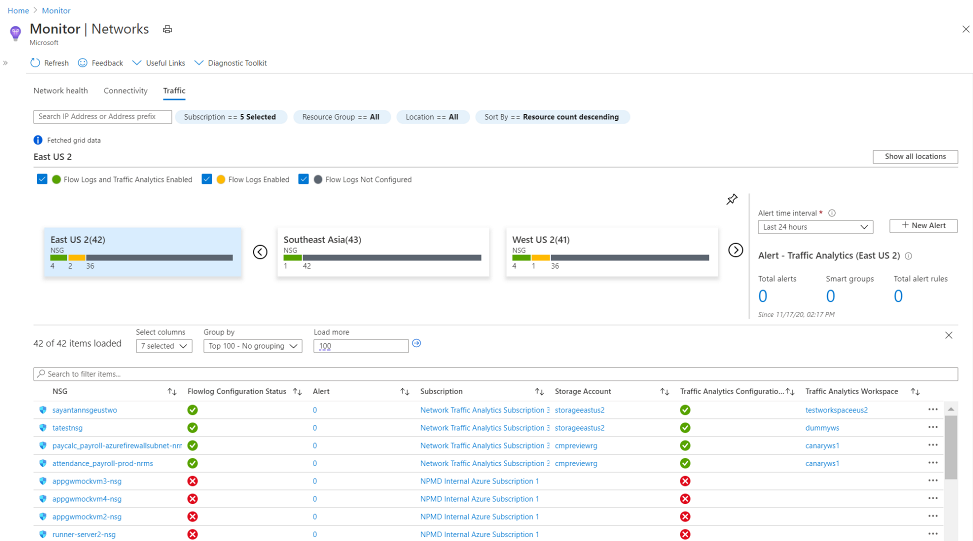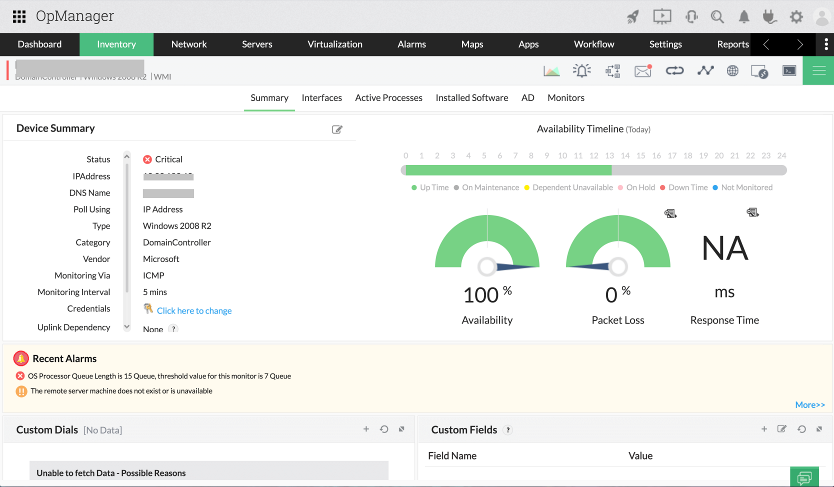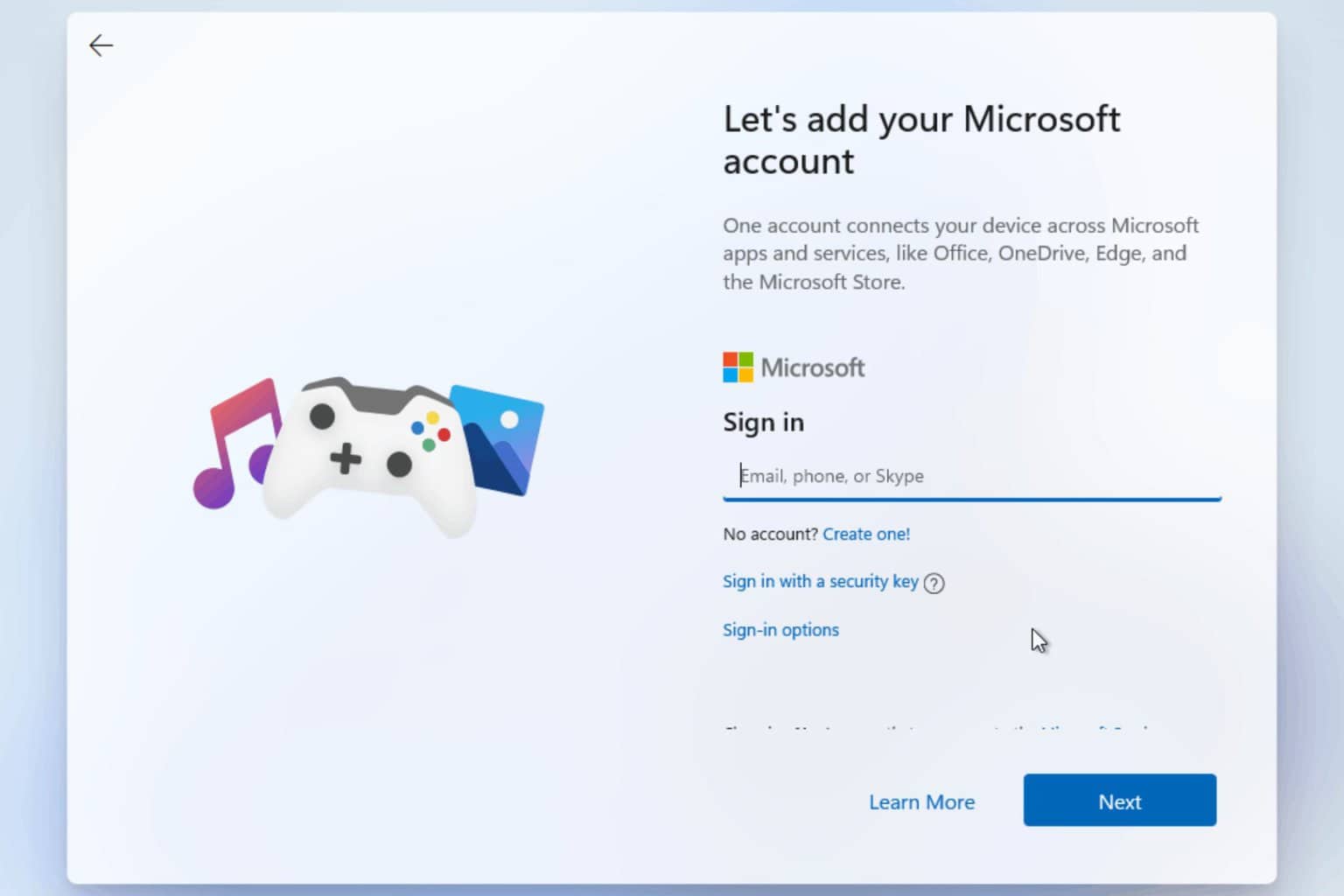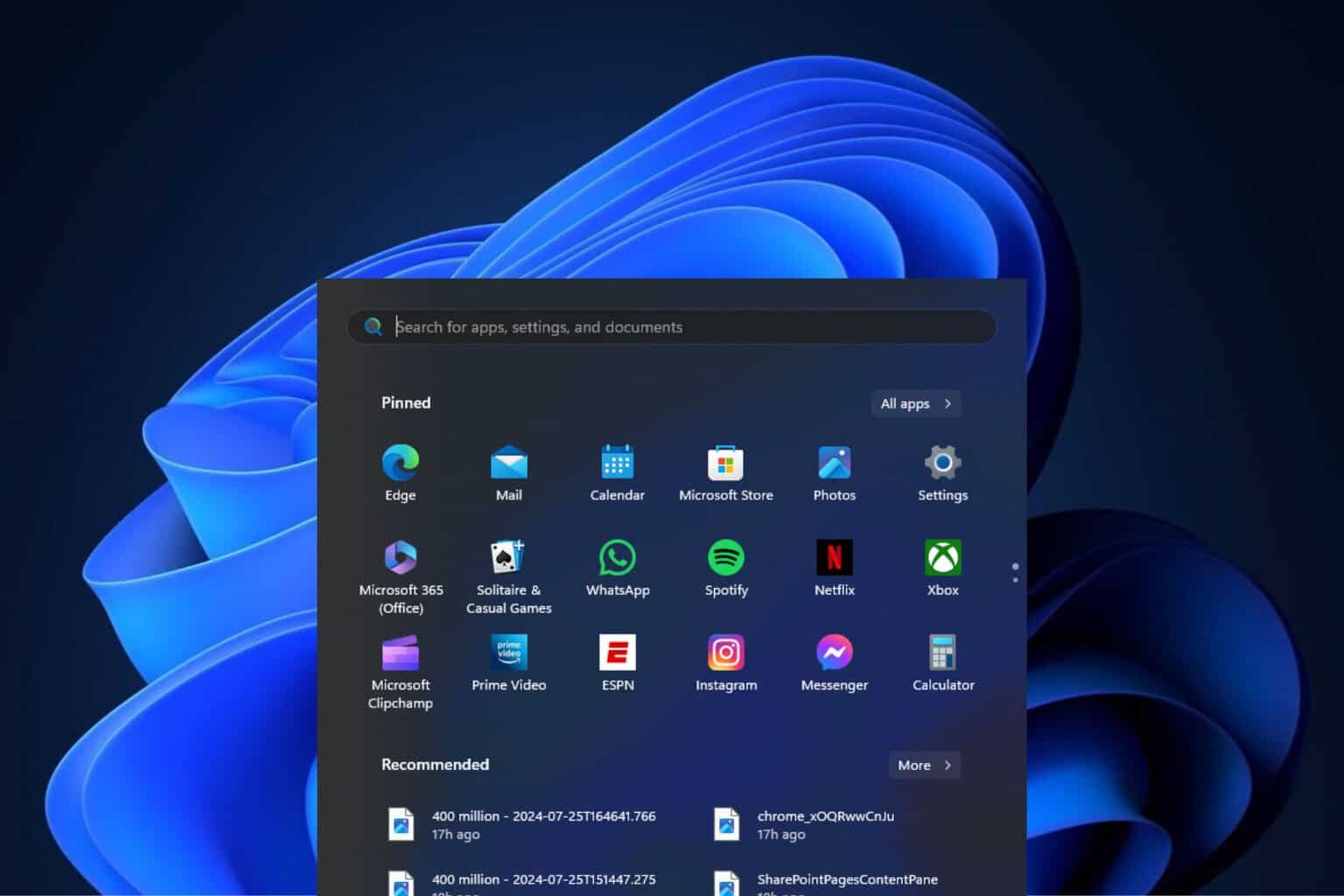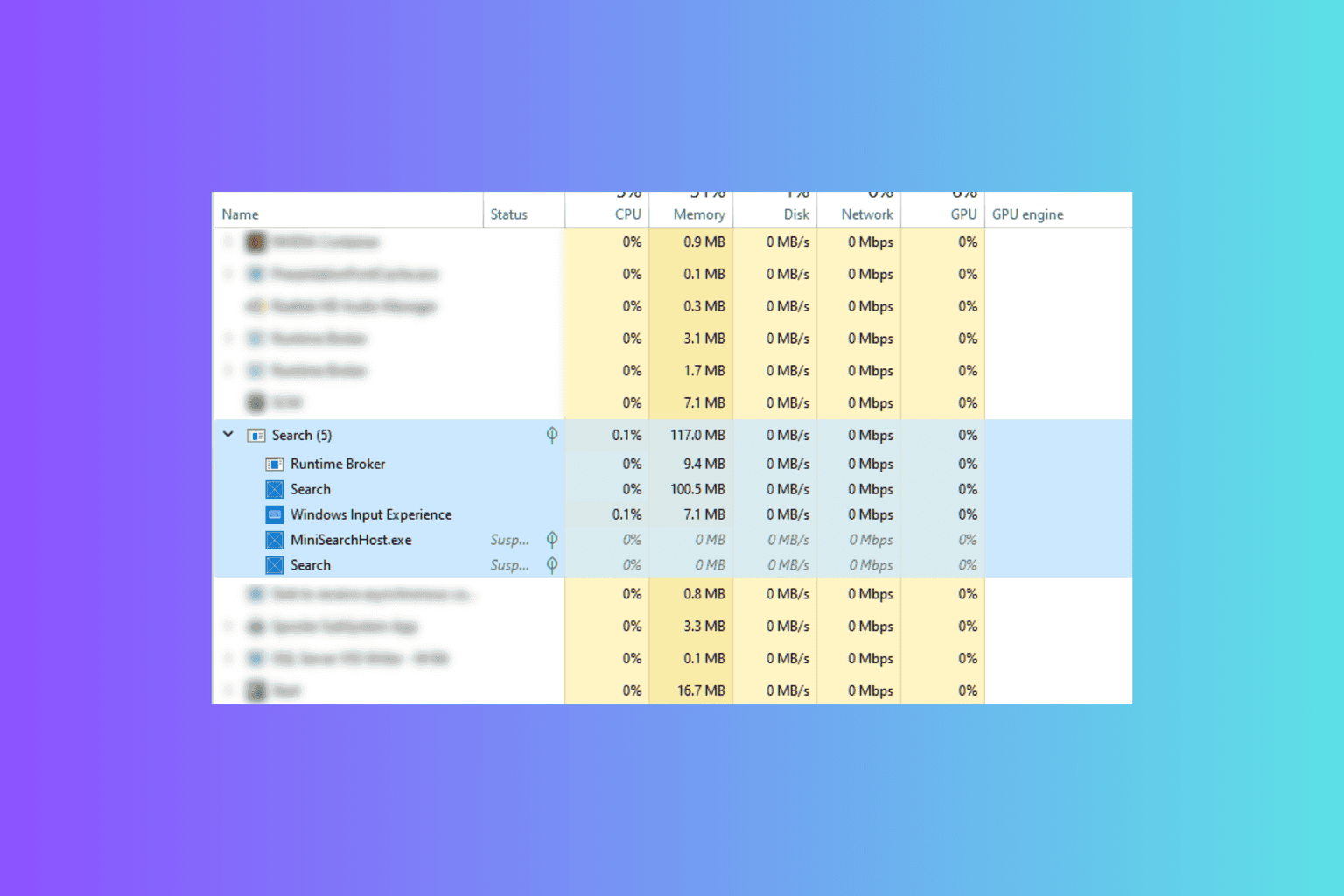Top 7 Practices for Active Directory to Apply Now
Get the most out of your Active Directory with these tips
9 min. read
Updated on
Read our disclosure page to find out how can you help Windows Report sustain the editorial team Read more
Key notes
- Active Directory is the cornerstone of any enterprise. It is a central repository that stores information about all users, computers, and other devices within your company.
- Such tools are a great way to help you monitor and manage your network resources.
- They can provide a wealth of information about your environment, including user activity, resource usage, and changes to the directory structure.
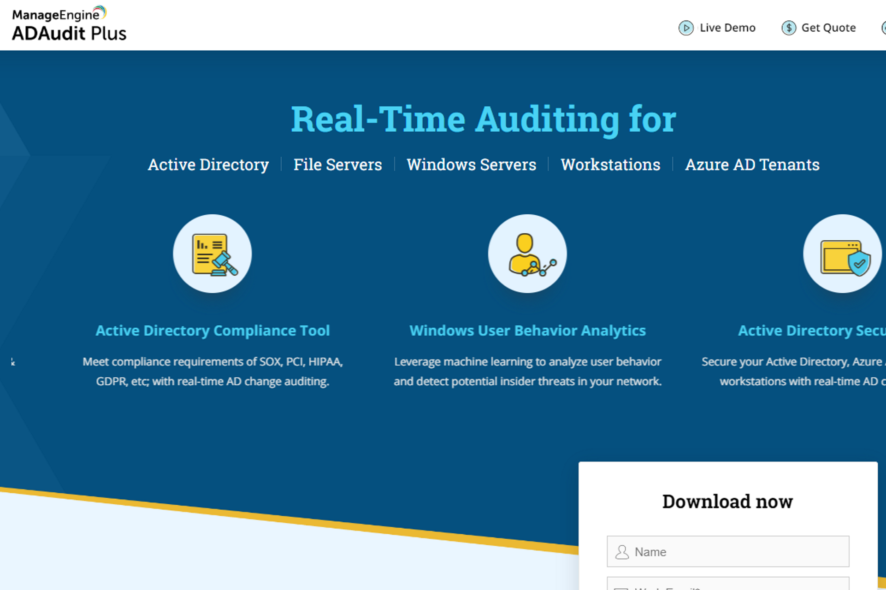
Active Directory (AD) is the most widely used directory service in the world. Businesses, government agencies, and educational institutions use it to manage their identities and resources. However, most people don’t know the best practices to get the most out of AD tools.
This is because it provides a central location for managing users, computers, printers, and other network resources. It also provides an authentication mechanism for client computers so that they can access network resources.
Because of the importance of AD in an organization’s IT infrastructure, you should follow best practices when managing your AD environment.
What is a good practice when creating an Active Directory design?
1. Usability
The Active Directory design should be easy to use for users and administrators alike. The best practice for designing an Active Directory structure is to keep it simple and easy to manage.
Make sure the tool is easy to use and understand. Users should be able to get up and running without needing an IT expert on hand. It’s important to keep your Active Directory design simple.
The more complex a design is, the harder it will be to manage and maintain it. You’ll also need to invest more resources in training users on how to navigate through it.
2. Efficient network usage
It is important to design your tool so that it uses minimal network bandwidth and resources to perform its tasks. You want your network infrastructure to be as efficient as possible so that users aren’t experiencing delays when they try to access resources on the network.
This way, it won’t affect other processes running on the same computer or server where it runs. If it uses too much bandwidth, it may become overwhelmed when you need to scale up or when performing network-intensive tasks.
Also, it’s best practice for your Active Directory that your network infrastructure can support the increased load from users accessing resources on these servers.
3. Minimal memory requirements
You should design your tool so that it does not use more memory than necessary. This will ensure that the operating system does not crash because of too much memory usage by your tool.
The more memory you allocate to AD DS, the more likely it will be able to handle the load without requiring additional hardware or software upgrades.
While Domain Controllers do not need a lot of resources, other services hosted on them (such as DNS servers) may require more resources than you expect.
4. Fast response time
Responsiveness is a critical part of any application or service. When users are trying to log in, or when they are attempting to access resources, they expect a fast response.
Your tool should respond quickly when performing its duties. Users should not see any delay when using their computers or applications.
5. Scalability
Scalability refers to the ability of the system to handle increased workloads without becoming overloaded or unstable. It also refers to the ability of the system to grow in capacity when needed.
The tool should be able to handle thousands of users at once with no problems. The best practice for your Active Directory is to plan for the future should you expand your business.
6. Performance
When designing your Active Directory structure, consider how it will affect performance and how much maintenance will be required over time.
Active Directory can be accessed by many applications, users, and clients across a network. How do you ensure that the Active Directory service is up and running at all times? You should be able to meet your performance requirements without compromising security or scalability.
If you don’t have enough hardware to support all users accessing their resources at once, the performance will be greatly affected. The tool should perform quickly over the network so that users don’t have to wait for their results.
7. Security
The security of your Active Directory environment is critical. It’s important to protect user accounts, computers, and other resources from unauthorized access or modification.
The best way to do this is through careful planning based on your organization’s security requirements and policies. The tool should not expose any sensitive data or allow unauthorized access to company resources by hackers.
What are some of the best security tools for managing Active Directory?
ADManager Plus – Comprehensive AD tool
ADManager Plus is a comprehensive, feature-rich, and easy-to-use Active Directory management software. It includes all the necessary tools to manage your Active Directory, including user account management, group management, and password reset options.
ADManager Plus provides your entire Active Directory structure’s comprehensive auditing and reporting capabilities. This is one of the best practices for an Active Directory, as it allows you to keep tabs on what’s happening in your network.
You can get detailed reports about changes made on the Active Directory. These include; who made those changes, and when they were made. This helps significantly in monitoring user activity in your network.
Other features include:
- Audit management
- Password reset and recovery
- Group management
- User and computer auditing

ADManager Plus
Get the best Active Directory management tool to keep track of any network events easily.ADAudit Plus – Powerful security tool
ADAudit Plus is the ultimate Active Directory auditing tool. It’s designed to help you ensure your AD environment is secure and compliant. This is done by providing detailed information about changes made in your AD environment.
ADAudit Plus auditing solution combines pre-defined and custom-made reports with a web interface. It’s designed to simplify tracking changes in Active Directory and generating reports on those changes.
Other features include:
- Easy-to-use interface with no technical knowledge required
- Compliance checks
- Realtime monitoring
- Powerful search feature
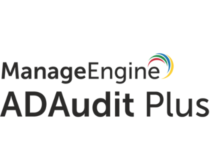
ADAudit Plus
Ensure security and compliance in your network with the best Active Directory auditing tool.ADSelfService Plus – Intuitive AD tool
ADSelfService Plus is a single-sign-on (SSO) solution for Active Directory environments. It provides users with the ability to sign on once and access multiple applications without having to create new user accounts or passwords.
This reduces the IT workload and improves security by eliminating the need for administrators to manage passwords and manually reset them when they are changed.
Other features include:
- Secure self-service password with multi-factor authentication integration
- Real-time password synchronization
- Integration with multiple enterprise services such as G-suite and Office 365
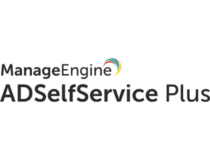
ADSelfService Plus
Sign on once and access multiple applications with a tool that offers perfect SSO for Active Directory.AD360 – Customizable AD solution
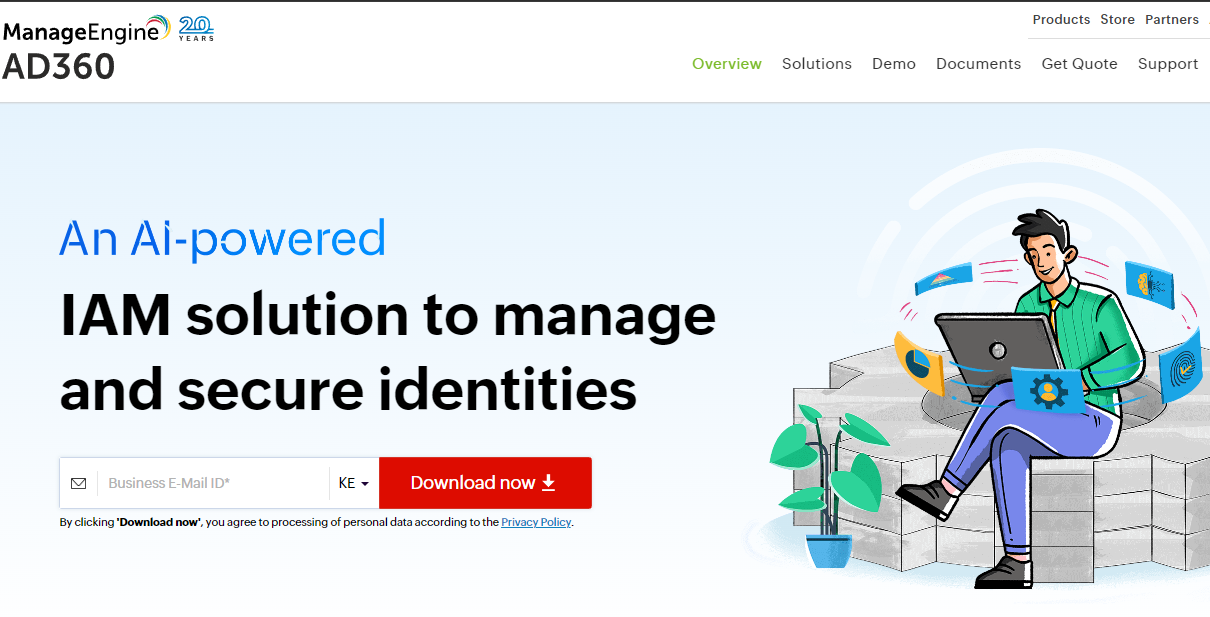
AD360 is a powerful platform that allows you to audit your Active Directory environment and get a detailed report of all the changes.
This tool can be used to track changes made in Active Directory, including users, groups, computers, and other objects. Over time, you can identify potential risks or compliance issues before they become problems.
It is a comprehensive, cloud-based solution that helps you manage the entire audit process from start to finish. The software is highly customizable and can be used for both internal and external audits.
Other features include:
- Automated policies
- AI-powered
- MFA integration
Adaxes – Automated AD tool

Adaxes is a powerful and easy-to-use Active Directory management tool. It lets you manage your users, groups, computers, and other objects in your AD environment.
The tool allows you to perform various administrative tasks such as user creation, group membership changes, password resets and group policy modifications with ease. This is one of the best practices for Active Directory, especially where large groups are involved.
With Adaxes you can delegate rights to any number of users or groups so that they can perform specific administrative tasks for themselves or for their subordinates without having access to sensitive data stored on servers or desktops.
Other features include:
- Active Directory delegation
- Password self-service
- AD reporting
How can I make Active Directory better?
Active Directory is a critical component of any enterprise network, and as such, it’s best practice to ensure that it’s running at peak efficiency. This means having good performance, security, and the right permissions set up for your users.
To that effect, you can do the following to ensure it is at optimal performance:
- Build the forest first – Implement the core functionality of Active Directory first before adding any additional domains or forests. This will help reduce complexity when configuring trusts and cross-forest functionalities.
- User groups – Create groups based on common characteristics such as job titles or departmental affiliations. Then, use these groups to delegate permissions to control access to resources across the entire organization.
- Use GPOs – GPOs are a great way to manage AD. The good thing about GPOs is that you can use them for almost anything.
- Check health regularly – Make sure your AD environment is healthy. For instance, ADAudit details how to check the health of your AD. This allows you to scan your environment for potential problems and address them before they become an issue for your users.
- Automate tasks – Use PowerShell scripts to automate everyday tasks. These include adding new users or resetting passwords for multiple accounts at once. It will save you time and reduce errors caused by humans making mistakes.
Using an Active Directory is not without its ups and downs, and sometimes, you may find that the Active Directory users and computers are not responding. If so, feel free to check out our comprehensive article on the issue for a quick fix.
You may also check our guide on troubleshooting trust relationship errors that occur when your workstation cannot communicate securely with the AD domain.
That brings us to the end of the article, but you can keep the conversation going in the comment section below. Do share with us your experience with AD tools and what best practices you’ve adopted.


